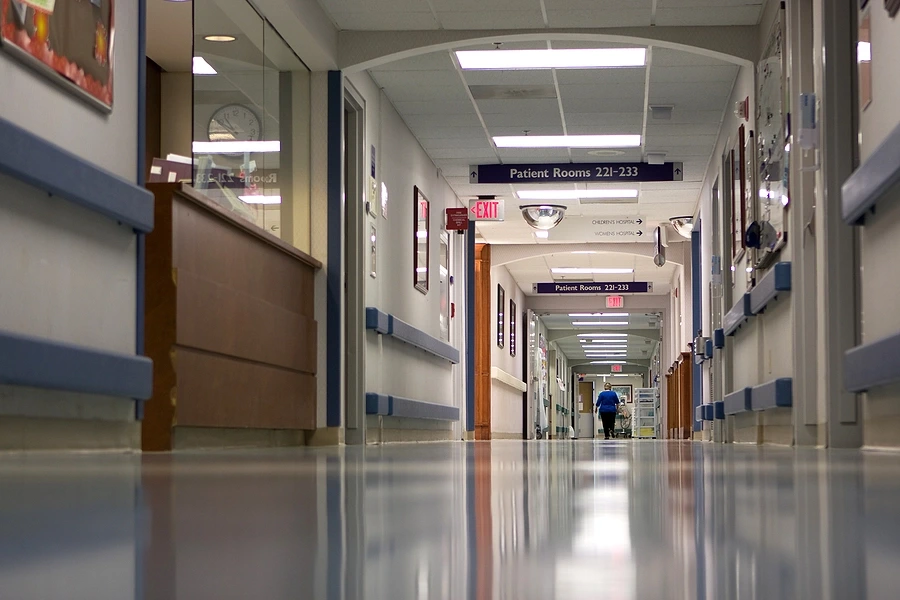Identifying Signs of Abuse in Healthcare Settings

Abuse in healthcare settings can take many forms and often occurs in places where patients are vulnerable, such as hospitals, nursing homes, assisted living facilities, or rehabilitation centers. It involves any action or neglect by staff that causes harm, mistreatment, or exploitation of a patient. Abuse may be physical, emotional, sexual, or financial, and sometimes it can be subtle or difficult to detect.
In South Carolina, patients rely on healthcare providers to maintain safety, dignity, and proper medical care. Recognizing the signs of abuse is essential for patients, family members, and advocates. Prompt identification and reporting can prevent further harm and provide a basis for legal action in cases of negligence or malpractice.
Physical Signs of Abuse
Physical abuse is often the most visible form of mistreatment. It can include hitting, pushing, improper restraint, or rough handling of patients. Common indicators include:
- Unexplained bruises, cuts, burns, or fractures
- Frequent injuries that seem inconsistent with the patient’s medical condition
- Signs of overmedication or sedation without a clear medical reason
- Bedsores or pressure ulcers caused by neglect in repositioning patients
Family members and caregivers should pay attention to sudden changes in a patient’s mobility or physical condition. If a patient is hesitant to be moved or appears fearful around staff, this could also indicate mistreatment.
Emotional and Psychological Indicators
Emotional abuse can be harder to detect but is equally harmful. Patients may experience intimidation, humiliation, verbal threats, or isolation. Warning signs include:
- Withdrawal or reluctance to communicate
- Depression, anxiety, or sudden changes in mood
- Fearfulness or agitation when certain staff members are present
- Hesitation to participate in normal activities or therapy
Emotional abuse often accompanies physical neglect or mistreatment. Documenting behavioral changes can be critical when assessing the situation and pursuing legal remedies.
Neglect and Its Consequences
Neglect occurs when healthcare staff fail to meet a patient’s basic needs. This can include inadequate medical care, improper nutrition, unsanitary conditions, or failure to provide assistance with hygiene and mobility. Common indicators of neglect include:
- Malnutrition or dehydration
- Poor hygiene, including unwashed clothing or soiled bedding
- Untreated medical conditions or worsening symptoms
- Unsafe or unsanitary living conditions in healthcare facilities
Neglect can lead to serious complications, infections, or permanent harm. Careful observation and communication with the patient are important to identify neglect early.
Financial Exploitation
Some forms of abuse involve financial exploitation, where a patient’s resources are misused or stolen. Indicators may include:
- Unauthorized withdrawals from the patient’s accounts
- Missing personal belongings or money
- Unexplained charges for medical services or supplies
- Pressure to sign documents or make financial decisions against the patient’s interest
Families should regularly review financial statements and monitor any unusual activity related to the patient’s accounts or property.
Communication Barriers and Reporting
Patients in healthcare settings may struggle to report abuse due to cognitive impairment, fear, or communication barriers. Residents of nursing homes or hospitals may be afraid of retaliation from staff. Nonverbal patients, such as those with speech limitations, may rely on facial expressions, body language, or gestures to communicate distress.
Caregivers and family members should establish regular contact and look for subtle changes in behavior or physical appearance. Encouraging open communication and maintaining detailed records of observations are crucial steps in identifying abuse.
Legal Protections in South Carolina
South Carolina has laws designed to protect patients from abuse in healthcare settings. Mandatory reporting laws require healthcare professionals to report suspected abuse, neglect, or exploitation of vulnerable adults. Facilities are also legally obligated to provide safe and adequate care, and failure to do so may constitute negligence or medical malpractice.
When abuse is suspected, families can contact the South Carolina Department of Health and Environmental Control (DHEC) for investigation, as well as law enforcement or adult protective services. Documenting evidence and consulting a medical malpractice attorney can help protect the patient’s rights and pursue legal action.
The Role of Medical Malpractice Lawyers
Medical malpractice lawyers in South Carolina play a critical role in cases of healthcare abuse. They help families gather evidence, navigate the legal system, and hold facilities or staff accountable for negligence. Lawyers can assist in obtaining medical records, witness statements, and expert evaluations to support claims of mistreatment or abuse.
Legal action not only seeks compensation for the patient’s injuries but can also promote accountability and improve safety standards in healthcare facilities. A qualified attorney ensures that victims and their families understand their rights and take the appropriate steps to protect them.
Preventive Measures
Families can take proactive steps to reduce the risk of abuse. Choosing reputable healthcare providers, visiting frequently, and monitoring care routines are all effective strategies. Keeping records of appointments, medications, and staff interactions can also help identify irregularities. Educating oneself about patients’ rights and common signs of abuse empowers families to intervene early.
Conclusion
Abuse in healthcare settings in South Carolina can have serious and lasting consequences for patients. Recognizing physical, emotional, and financial indicators is essential for prevention and timely intervention. Families, caregivers, and healthcare professionals all play a role in identifying and addressing abuse. Legal protections exist to safeguard vulnerable adults, and medical malpractice attorneys can provide critical support in pursuing justice. Being vigilant, documenting concerns, and understanding available resources are key steps in protecting patients and ensuring their safety and well-being.

